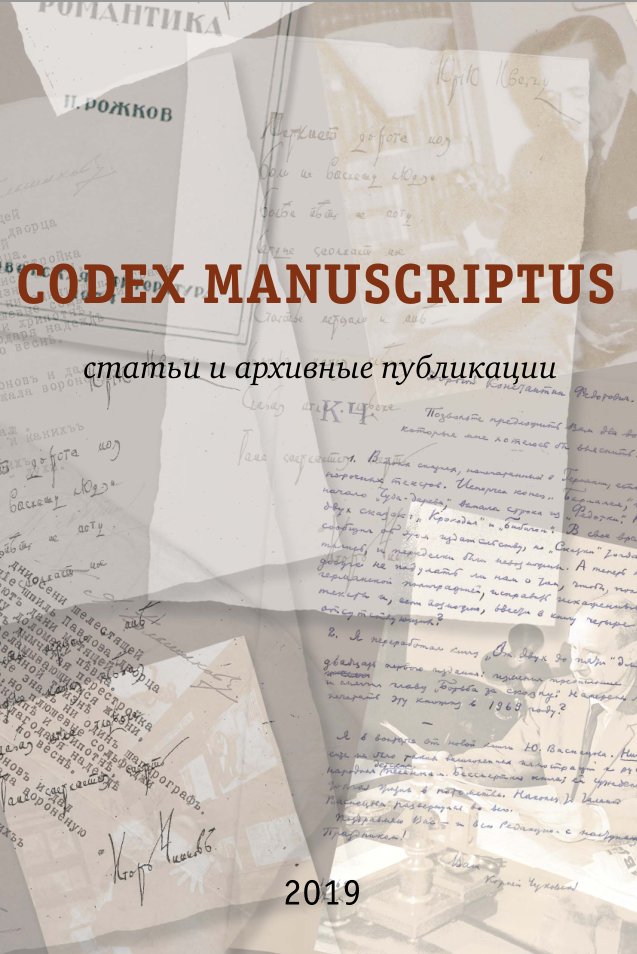Annotation:
The heyday of eco-fiction in French literature dates back to the 1970s of the twentieth century. This literary trend is associated, on the one hand, with the counterculture movement in Europe and the United States, which peaked in France in 1968, which largely determined the new priorities of social policy, philosophy and literature in the 1970s. On the other hand, at this time, the movement of “return to the roots” (J. Carrière “L’Épervier de Maheux”, P. Lainé “La Dentellière”, etc.) and interest in the “small motherland” gained popularity. The problem of preserving nature, the environment, traditional culture, despite the victorious march of scientific and technological progress, is in the focus of attention of such writers as M. Tournier (“Vendredi ou les Limbes du Pacifique”), J.M.G. le Clézio (“Désert”), J. Cayrol (“Histoire d’une prairie” “Histoire de la forêt”, “Histoire du désert”, “Histoire de la mer”, etc.). The restoration of nature and the environment after the Third World War is the plot of the fantastic “Stories...” by J. Cayrol. The most fruitful position is the preservation of nature, and not its conquest. A great resonance in the social and literary life of this time is received by the so-called. reports to the Club of Rome, drawing the attention of the world community to the global problems of the development of nature and society, to the study of the prospects of mankind, promoting the ideas of harmonizing the relationship between man and nature. These reports were reflected in the literary and philosophical-political searches of writers who turned to eco-fiction in the 1970s, widely using the techniques of fantastic literature in their work.






